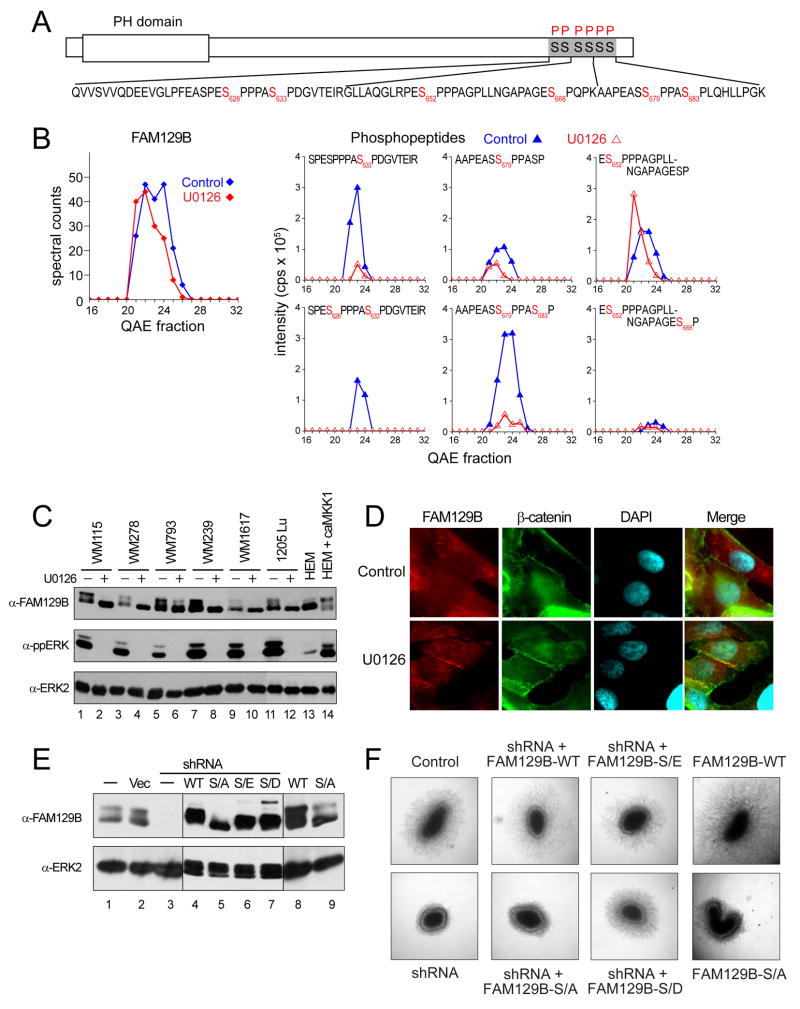Figure 6. FAM129B, a member of a novel gene family, controls melanoma cell invasion.
(A) Domain structure of open reading frame FAM129B, showing observed phosphopeptide sequences (black) and phosphorylated residues (red). (B) Left: Spectral counts show little change in protein abundance with U0126 treatment. Right: Phosphorylation at S628, S633, S679 and S683 is downregulated by U0126, while phosphorylation at S652 and S668 is unaffected. (C) Dephosphorylation of FAM129B by U0126 treatment correlates with faster gel mobility in WM115 and five other melanoma cell lines (lanes 1–12). In contrast, FAM129B shows faster gel mobility in HEM-lp melanocytes (lane 13), and slower mobility when ERK signaling is activated by active mutant MKK1 (lane 14). (D) Dephosphorylation of FAM129B correlates with membrane association. WM115 melanoma cells were treated with or without U0126 for 24 h and immunostained for FAM129B and β-catenin. In control cells, FAM129B reactivity was uniformly dispersed, while β-catenin localized to cell-cell junctions, consistent with cadherin interactions. In U0126-treated cells, FAM129B colocalized with β-catenin at cell-cell junctions. (E) Stable knockdown and rescue of FAM129B. Lanes 1–3: Endogenous FAM129B expression in untreated WM239 cells (lane 1), cells stably expressing vector control (lane 2), or shRNA-FAM129B for knockdown (lane 3). Lanes 4–7: shRNA knockdown cells stably expressing FAM129B-WT or mutant FAM129B-S/A, -S/E, or –S/D substituted at six phosphorylation sites. Lanes 9,10: Naïve WM239 cells stably expressing FAM129B-WT or FAM129B-S/A. (F) FAM129B phosphorylation promotes melanoma cell invasion. Left: Naïve WM239 cells grow into spheroids and invade into 3D collagen matrix after 10 days. Stable knockdown of FAM129B represses invasion but not growth. Middle left: Invasion phenotype of shRNA knockdown is rescued by FAM129B-WT but not FAM129B-S/A. Middle right: Invasion is rescued by FAM129B-S/E and –S/D. Right: Expression of FAM129B-WT in naïve cells increases invasion, while FAM129B–S/A has little effect. Similar results were obtained in two independent experiments (for panels C&D) or three or more independent experiments (for panels E&F).

